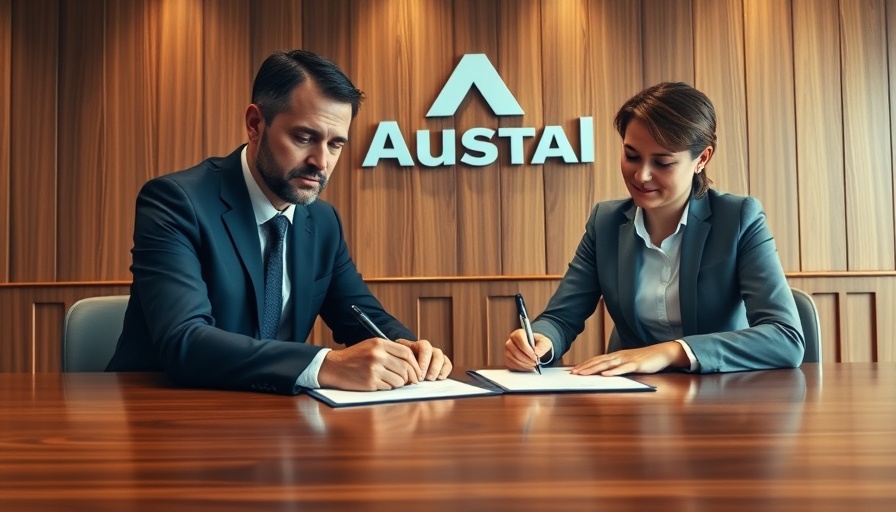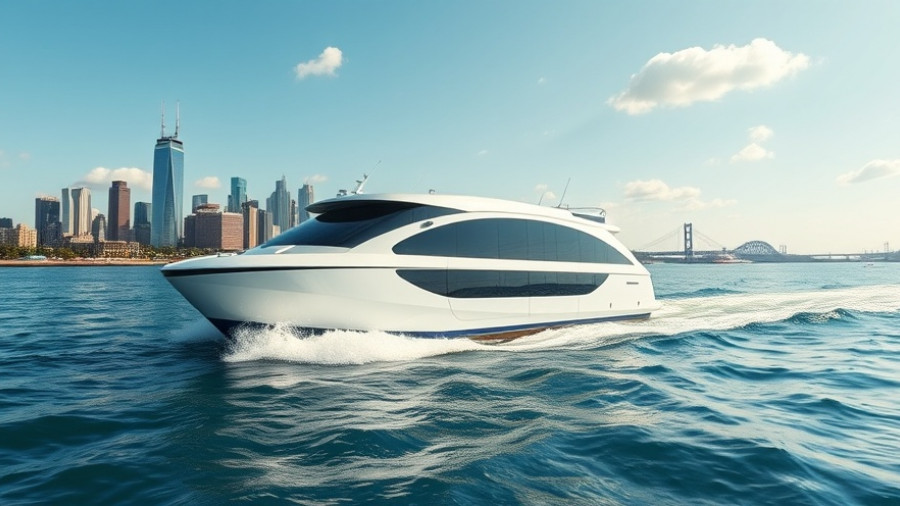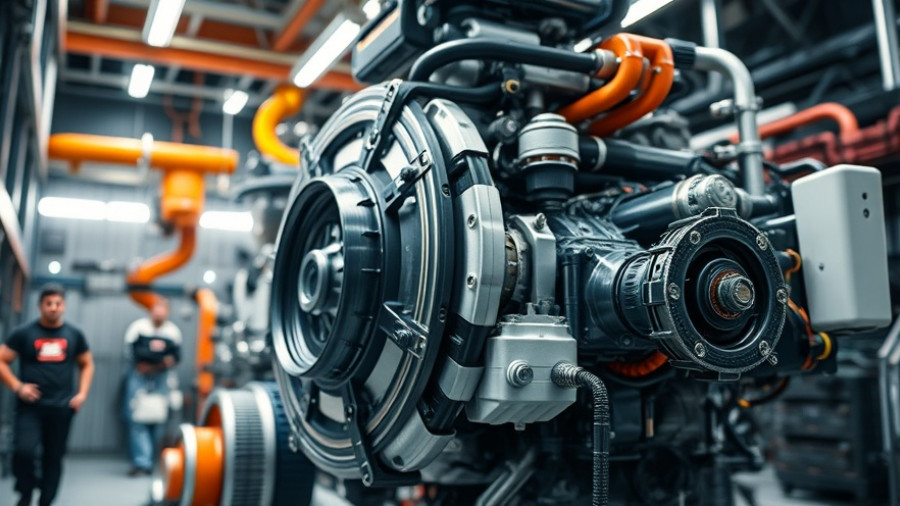
Alabama Shipbuilders Unite for Strength in Maritime Defense
In a significant move for the U.S. shipbuilding industry, Alabama-based Austal USA has joined forces with Master Boat Builders Inc. to enhance maritime capacity. By forging a memorandum of understanding (MOU), these two shipyards aim to expand their operational capabilities and support the federal government's demand for sophisticated naval vessels. This partnership marks a pivotal shift in the collaboration among regional shipyards, essential for meeting the evolving needs of the U.S. Navy and beyond.
What the Partnership Means for U.S. Shipbuilding
The collaboration will facilitate sharing resources, technology, and expertise, allowing both firms to tackle larger and more complex projects. “This partnership is about expanding the shipbuilding industrial base in Alabama and the Gulf Coast,” said Michelle Kruger, President of Austal USA. By distributing responsibilities and leveraging each other's strengths, the companies aim to reduce potential delays and enhance production schedules, while creating a surge capacity that will be crucial for future demands.
Building Capacity During Uncertain Times
As global uncertainties impact supply chains, the MOU demonstrates proactive steps to ensure a robust maritime sector. With Garrett Rice, President of Master Boat Builders, emphasizing the importance of shipyards as "force multipliers" for national defense, this partnership not only aims to enhance capacity but also prioritizes on-time delivery and budget adherence for critical vessels.
Investment in Workforce Development
Another significant aspect of the partnership is the focus on workforce development. Recognizing that skilled labor is fundamental to any production increase, both companies will co-invest in initiatives to nurture and sustain a highly-trained workforce. This commitment will support local economies, catering to the employment of skilled workers within the region.
Adherence to Standards and Regulations
In addition to scaling operations, all activities under the MOU will comply with U.S. government standards. This includes stringent quality assurance protocols, cybersecurity measures, and adherence to the Buy American provisions. The commitment to quality and regulatory compliance is vital in fortifying the trust of the U.S. government in its domestic shipbuilding partners.
Looking Ahead
As this partnership unfolds, it embodies a larger trend towards collaboration in the maritime industry. By pooling resources and combining expertise, Austal USA and Master Boat Builders not only reinforce their commitment to quality and efficiency but also position themselves as key players in securing the future of the U.S. maritime defense industrial base. This collaboration may well serve as a blueprint for other shipyards looking to enhance their capabilities amidst growing competition in the global shipbuilding arena.
Conclusion: The Future of Alabama's Shipbuilding Industry
The strategic alliance between Austal USA and Master Boat Builders signals a promising future for Alabama's shipbuilding industry. By working together, these companies aim to bolster production capabilities, enhance workforce development, and deliver critical vessels to the U.S. Navy. As they embark on this journey, their partnership is not just about expanding business; it holds the potential to strengthen national security, support local economies, and set a precedent for collaboration in other industries.
 Add Row
Add Row  Add
Add 




Write A Comment